

Josh Nevett
2026 Skoda Elroq review
5 Days Ago
The team behind Gran Turismo 7 has lifted the lid on what's driving the new game, and how it'll differ from its predecessors.

Contributor
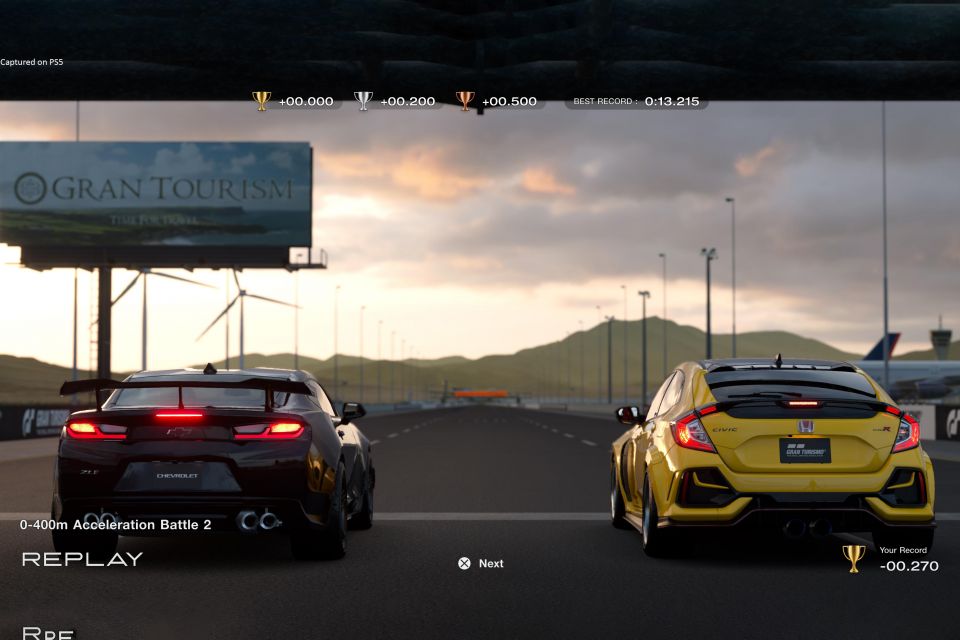

Contributor
Gran Turismo is back, bigger and better than ever.
Polyphony’s flagship racing game for PlayStation 5 was announced in 2020 ahead of a planned reveal in 2021, which was subsequently shoved back until March 4, 2022.
Finally, just a month out from launch, we’ve been given a look at how GT7 will try and move forward the Gran Turismo legacy thanks to new trailers revealed at the Sony State of Play conference, and a roundtable chat with Polyphony CEO Kazunori Yamauchi.
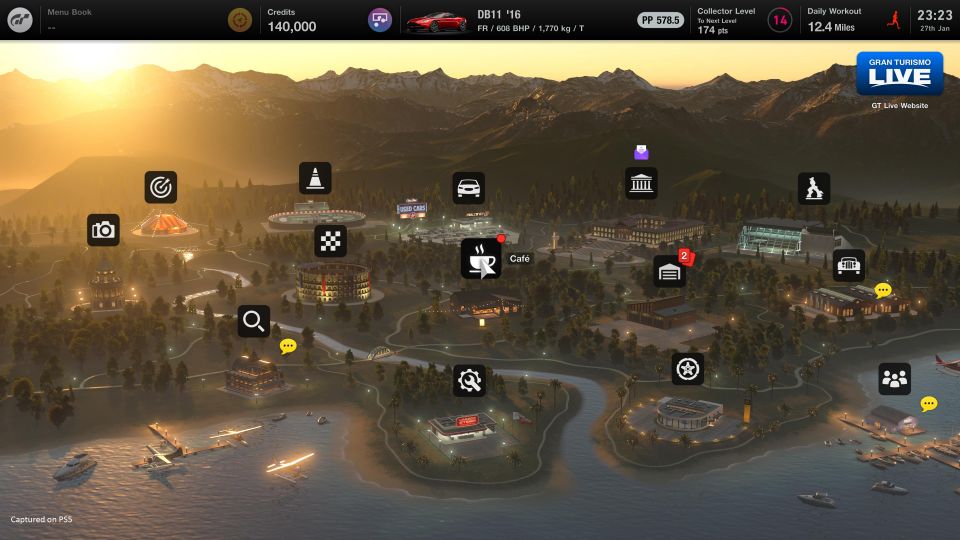
According to Yamauchi-san, “Gran Turismo 7 was produced with an understanding of this new day and age”.
“Today, you won’t find as many people talking about car culture anymore. Less people are talking about the beauty of cars, or focused on the fun of driving,” he said.
With that in mind, there’s more to GT7 than licence challenges and online races.
Players will be greeted by a world map as the game’s home page, with modes designed to draw on the “best of Gran Turismo through the ages”. Online racing fans will be happy to know the multiplayer system is “on the same level” as GT Sport.
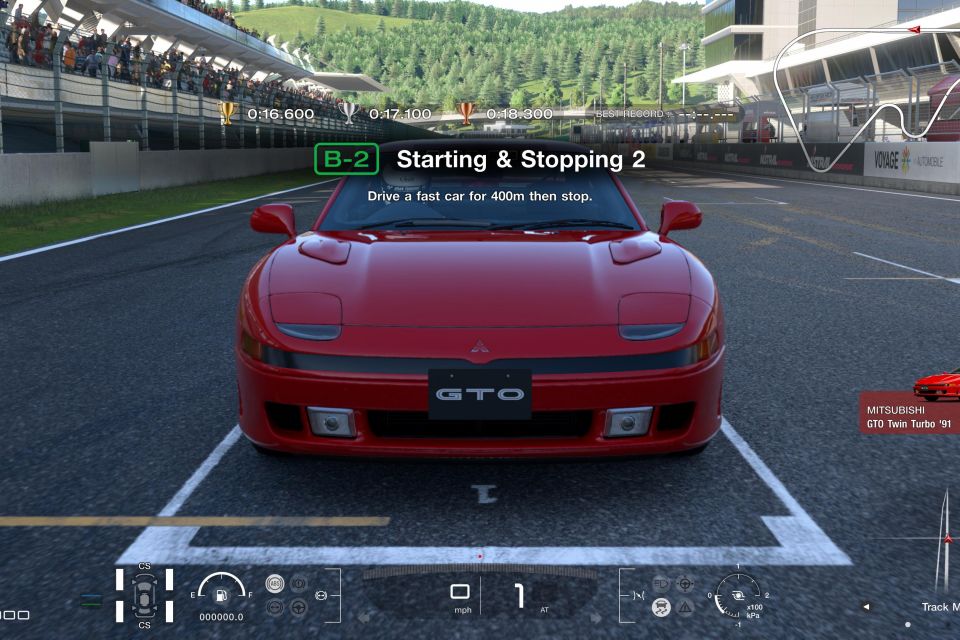

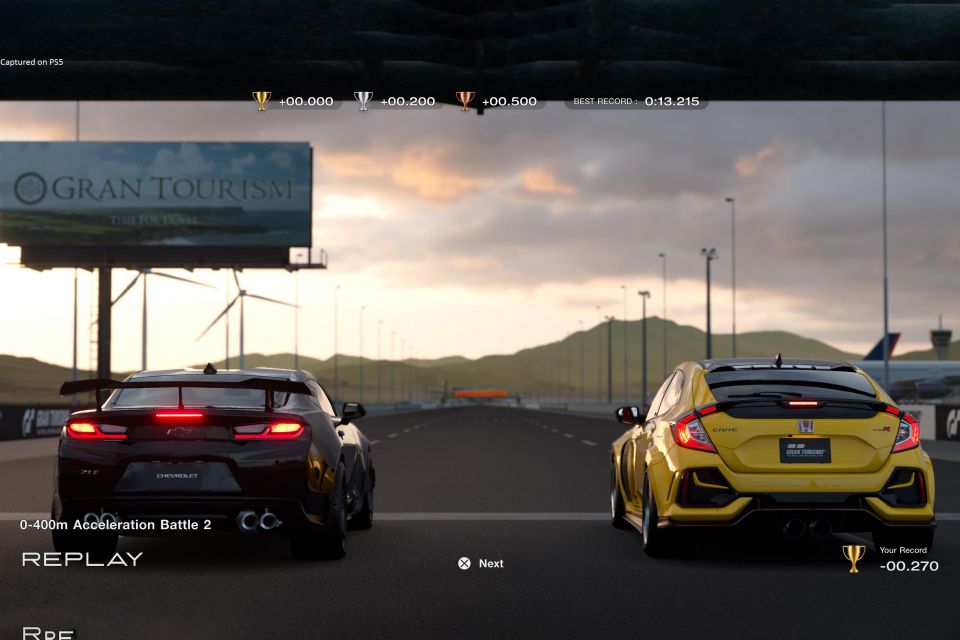
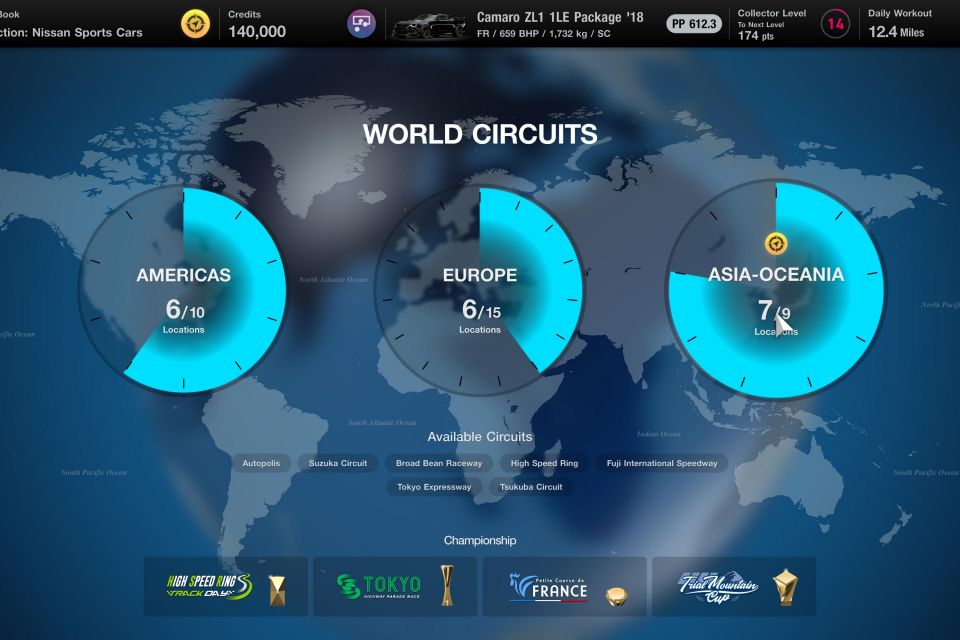
The game will offer 400 cars at launch. They’ll be split across “new” vehicles from between 2001 and 2022, used cars designed to lower the cost of entry (using in-game credits), and a ‘Legendary Car Dealer’ which sells the sort of classic cars most people could only hope to afford in the virtual world.
34 tracks and 90 unique layouts will be available on day one, each of which has its own set of races and Circuit Experience training programs. Some old favourites are back (Trial Mountain, for example).
There’s variable weather, too, and a rain radar built into the head-up display to let drivers get more involved in strategy in long races.
Away from the racing, there’s a more exploratory set of game modes designed to encourage gamers to understand car culture. The GT7 Cafe features a range of ‘menus’, each of which is essentially a set of challenges (built around the Porsche 911, for example) for players to complete.
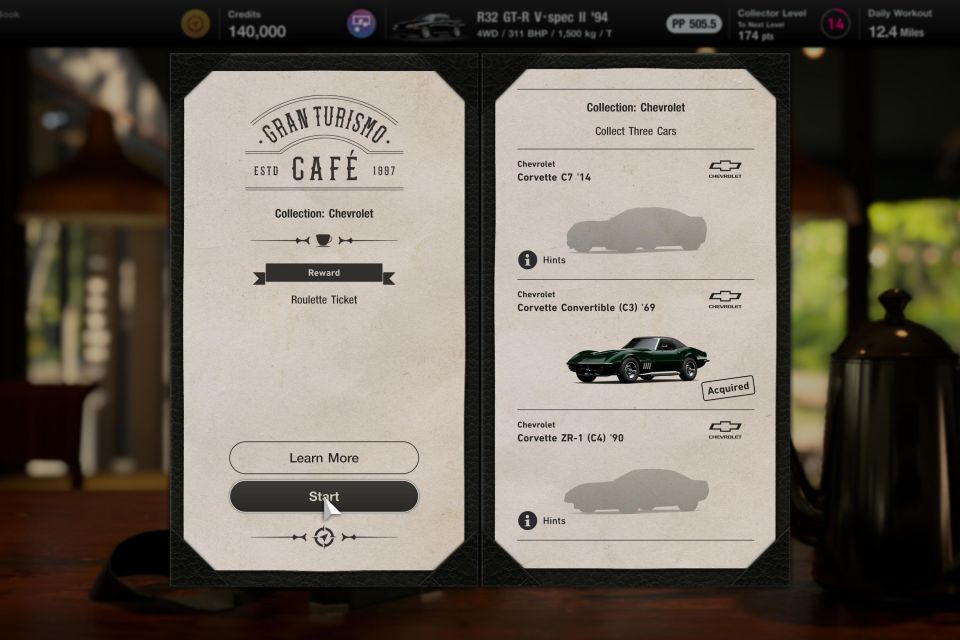
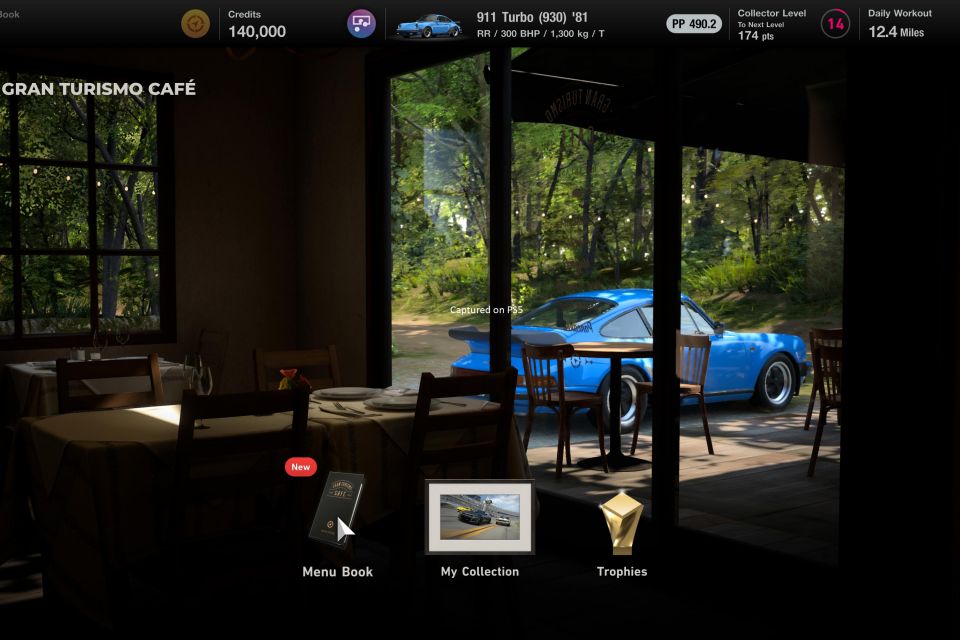
Once you’ve completed a challenge the game offers snippets from famous car people discussing the relevant car’s significance to them, and background from the virtual cafe owner on its importance.
There’s new game modes based on music, which focus on enjoying the drive rather than perfect lines through corners, in an attempt to offer a “totally different take on driving”.
As for the driving? GT7 is designed to take full advantage of the processing power on offer in the PlayStation 5, as you’d expect.
Although the game is designed to run at 60 frames per second during races, it can also use ray tracing – a processor-intensive way of mimicking the behaviour of light when rendering objects – to create sharper, more realistic cars in photo mode, or during race replays when frame rate is less important.
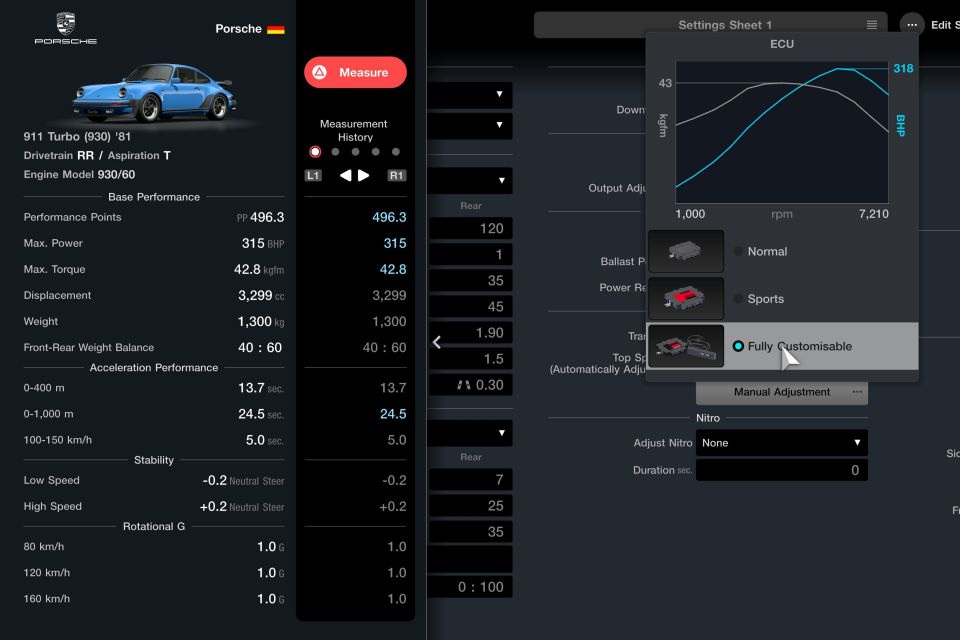
Polyphony has made use of the haptic feedback in the PS5 controller to provide more information to gamers who don’t use a wheel. The controller can now simulate kerbstones rumbling, changes in road surface, or engine and drivetrain vibrations, while the adaptive triggers mean the brake ‘pedal’ in each car feels different.
There’s also feedback through the triggers when anti-lock braking kicks in. If you’re a keen virtual racer, that’s handy information.
Car tuning lives on. There’s a huge range of parameters that can be tweaked, and the way a car’s performance rating changes when you modify it has been updated to be fairer.
Scott Collie is an automotive journalist based in Melbourne, Australia. Scott studied journalism at RMIT University and, after a lifelong obsession with everything automotive, started covering the car industry shortly afterwards. He has a passion for travel, and is an avid Melbourne Demons supporter.


Josh Nevett
5 Days Ago


Max Davies
5 Days Ago


Max Davies
3 Days Ago


Neil Briscoe
2 Days Ago


Max Davies
1 Day Ago


Derek Fung
5 Hours Ago